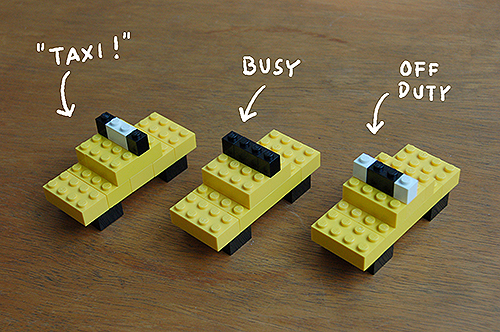This gallery wallpaper installation is very eye-catching, to say the least, as not only do the colours overlap and interplay forming a natural history printed animalscape. The wallpaper visually interacts with coloured filters over a light source, different printed animals appear and disappear depending on the control of the RGB light filters.
Reading CR’s comments; this being their most viewed article all year… is that people seeing this stuff are loving it, I was kind of taken in by the novelty initially, but that wore off leaving me feeling visually and mentally disorientated by it. Undoubtedly it’s impressive in a gallery space! Also, this would work brilliantly in places like The Natural History Museum, London. Then again LCD screens are getting cheaper offering the potential of 3D computer graphics, flourishing vector animations and infographic data visualizations. Creating much richer more varied interactive (educational) user experiences. So as a wallpaper product its uses are perhaps a little limited, maybe that’s why the artist decided to agree to sell this to an exclusive Milan wallpaper company.
From the gallery spaces, it is now available commercially as a wallpaper print for your homes, covering even the ceiling as shown in the pics in the Milan wallpaper shop (link below) showcasing the wallpapered rooms. The photographs in the Milan shop online are a bit different from the others taken by Alvise Vivenza, showing the same design looking visually much darker intensifying further my new loathing of it within a home environment.
In the comments below CR’s article, I read this: “Fantastic—reminds me of the Ray Bradbury story,
The Veldt, in which wall coverings come to life.” So immediately I researched Ray Bradbury’s short story and read it very eagerly, the analogy between the story and the wallpaper is spot on! The premise is: “delving into the issue of how modern technology can destroy the nuclear family.”
The walls were blank and two-dimensional. Now, as George and Lydia Hadley stood in the center of the room, the walls began to purr and recede into crystalline distance, it seemed, and presently an African veldt appeared, in three dimensions, on all sides, in color reproduced to the final pebble and bit of straw. ~ Ray Bradbury’s The Veldt
With the advances of modern technology, there is definitely a darker side with usage and control. This story shows how children are strongly affected by their environment and role-play. A boy of ten and his younger sister have the ingenuity to manipulate their parents. The parents have lost the ability to stimulate their interests in anything other than the nursery. See in the visual adaptability by just looking at this wallpaper, but imagine if you could use mind control to manipulate it into different themes. In the story, the children’s nursery is a room like this that offers visual simulations of everything that they think up… instantly gratifying, their thoughts and hones-in on their powers of imagination and their emotional well being.
I love how the children’s room is still referred to as ‘the nursery’, even though they’re older, it just forms more of a bond between their parents having connections with that space and simultaneously being so isolated from it. It also seems innocent and traditional. Looking at this wallpaper I get the same feelings exactly, the animals are enlarged textbook illustrations, overlaying colours in bright pinks and blues and yellows are seemingly vibrant and eye-catching. Yet, when the lighting changes by the RGB filters, the atmosphere becomes more oppressive; the animals crowded and more weighted. The bright pinks, blues and yellows of the previous unfiltered pictures disappear. The space appears differently; transformed into monochromatic red or green or blue intensely darken scenes, the animals are shaded in greys and blacks and almost trick the eyes into seeing movements within the piece, (even some of the mouths of the animals are now gaping open) that were previously hidden. Its sheer power visually transforms, entices and influences our perception.




All photographs: Alvise Vivenza


















































